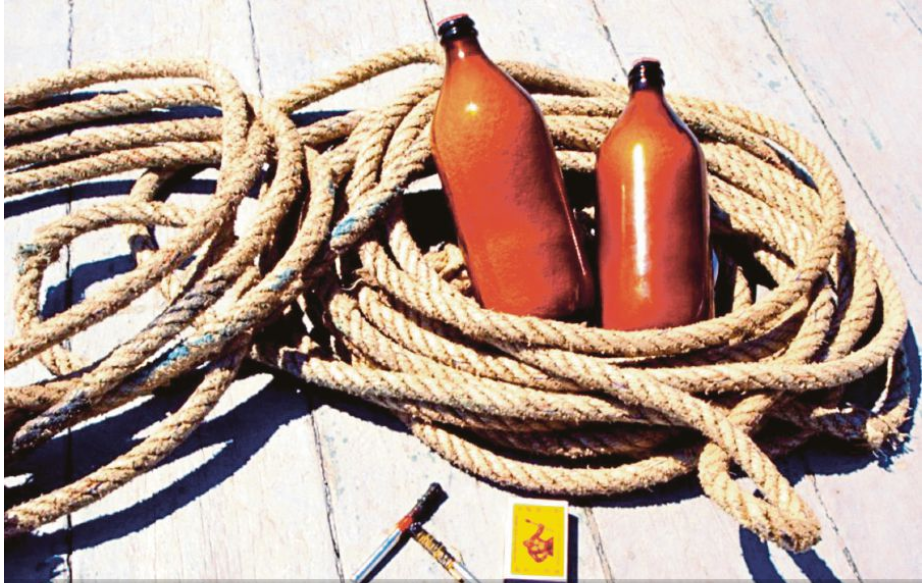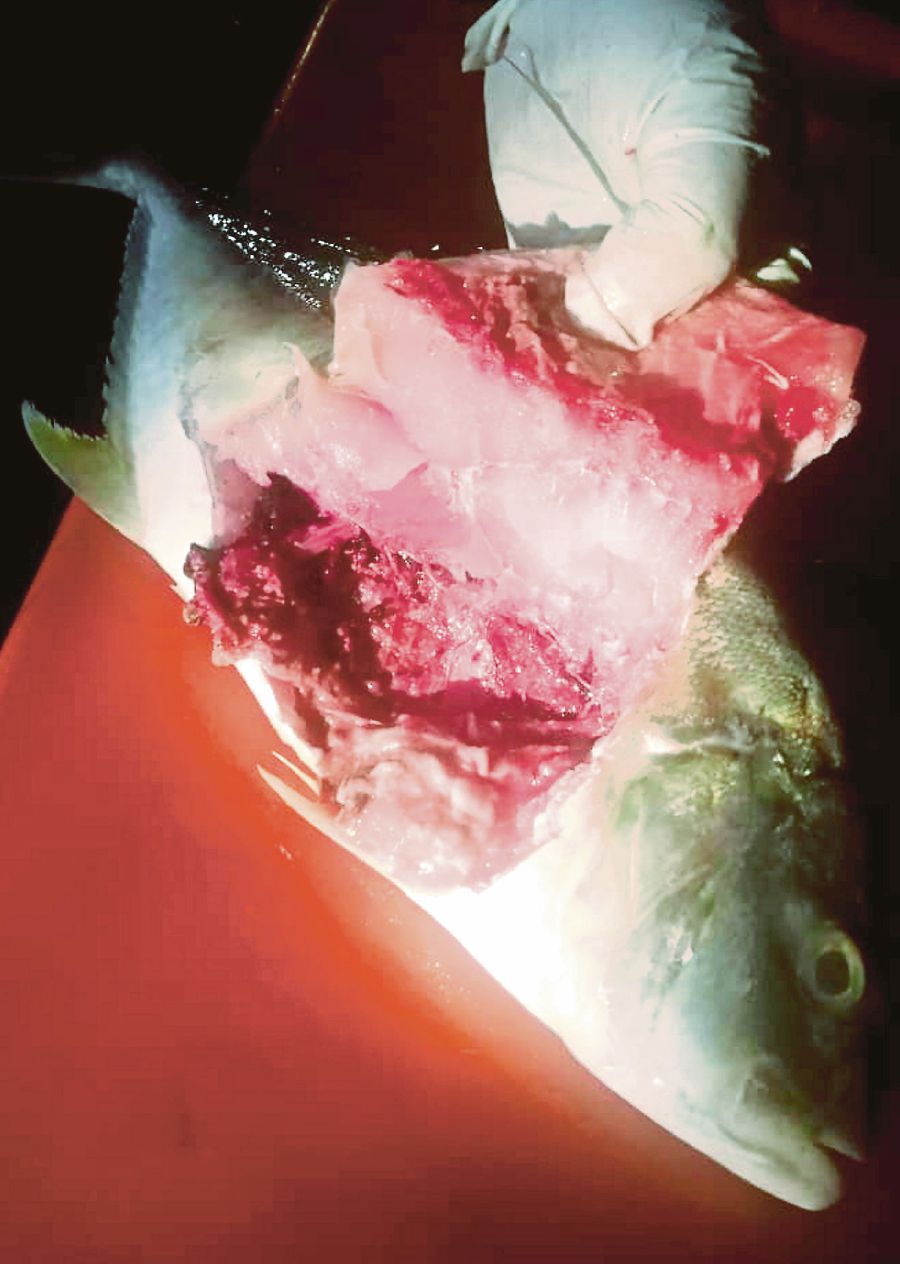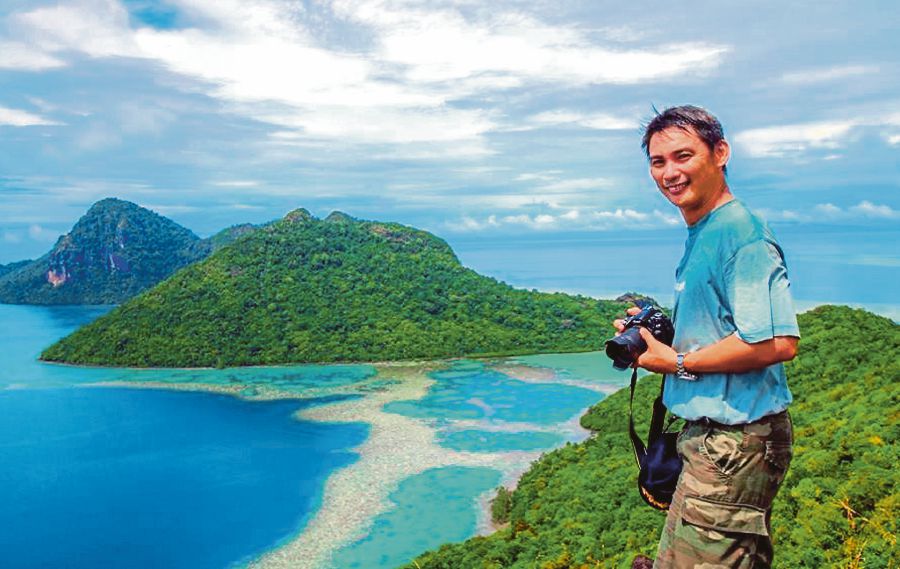Fish bombers drawn to easy profits, says state minister

KOTA KINABALU: Fish bombing — using homemade explosives — or other destructive methods, such as cyanide fishing, prevail in Sabah as they provide quick profits at the expense of ocean resources and people’s lives.
The recent deaths of three scuba divers, who suffered internal injuries in an underwater explosion in the east coast district of Semporna, are a reminder of just how dangerous fish bombing
can be.
The problem is widespread in coastal districts across Sabah, where there are concentrations of squatter colonies occupied by immigrants.
Equally destructive are fishing crews who are paid by unscrupulous owners of “mothership” vessels that would set out to sea with a mission to seek profits, regardless of the risks and damage they cause.
Fish bombing and cyanide fishing have existed in the state for decades, which is a concern for the authorities, civil society and consumers.

A bombed fish is soft to the touch and when cut out, internal bleeding can be seen. PIC COURTESY OF MARINE POLICE
State Agriculture and Food Industry Minister Datuk Junz Wong said poverty and the appeal of making fast cash were the reasons behind the involvement of those behind such methods.
“A bombed fish would be soft to the touch and when cut out, internal bleeding can be seen,” he said, adding that he urged the public to boycott those who supplied such fish.
Malaysian Maritime Enforcement Agency (MMEA) Sabah director Rear Admiral Kamaruszaman Abu Hassan said many of the culprits were immigrants and they came from settlements throughout the state.
Recently, he said MMEA, together with other agencies, intensified operations to combat fish bombings in Sabah waters, including the deep seas, where there are offshore oil rigs, and shallow waters, which contain coral reefs.
But the challenges are real and eradicating the problem is easier said than done.
Take the ikan sulit, arguably the most popular grilled fish on any given day in markets or open air restaurants in most coastal districts in Sabah, for example.
The fish, known as fusiliers, is sought after when salted and dried because of its texture.
To catch the fish, which is found mainly in coral reef areas, fishermen use spears which would leave wounds — a mark often used by retailers to show that they get their supply traditionally.
But not when the amount is plenty as that would need the use of many spears. Thus, fish bombs are used.

Mohd Din Abdullah
Fusiliers, apart from being used as the most common reference point in studies related to fish bombing, also found “fame” when it became a topic during proceedings in the Royal Commission of Inquiry on immigrants in Sabah in 2013.
In his testimony, Sabah Fisheries Department Legal and Enforcement Unit chief Mohd Yusoff Anthony had said 95 per cent of fusiliers and anjang-anjang were caught using explosives.
He had testified that those caught would usually be charged under Section 26 (C) of the Fisheries Act 1985, for having knowledge that the fish they possess were caught using explosives.
There are other types of groupers, trevally, parrot fish, snappers that are the target of fish bombers.
A fishmonger in Kota Kinabalu, Mohd Din Abdullah, 38, claimed he and others like him were victims of bombed fish suppliers.
There were times when they were supplied with bombed fish without their knowledge, and ended up bearing the consequences when they got caught by the authorities, he added.
“During checks, they will cut open the fish to identify whether its internal organs are damaged (by bombing),” said Din. “If they are confirmed as bombed fish, we can’t sell them, and instead are brought home for our consumption.”
Meanwhile, Hong Kong-based non-governmental organisation, Stop Fish Bombing, through its Malaysian affiliate, SFB Malaysia, hopes to bring the fight to the depths of the ocean.
SFB Malaysia founding member Terence Lim said it planned to introduce a system that could detect underwater blasts, which would help the authorities in their enforcement.
“Those who catch fish using destructive methods often get away. With the system, they will not be able to do so anymore,” he said, adding that SFB hoped to coorporate with government agencies to fight the menace.
Lim, however, said the fight against fish bombing had gone beyond just identifying the location of the blasts.
“They set off homemade explosives when no one is around.”
In the recent incident where three scuba divers — Malaysian Ab Zainal Abdun and Chinese tourists Zhao Zhong and Xu Yingjie — were killed by a fish bomb, the explosive was set off at Pulau Kulapuan where there were no boats in the vicinity.
Lim said those using such a method would defend their actions by claiming they would only set off explosives in areas with sandy base and not where coral reefs thrive.

Terence Lim
“There are three categories of fish bombers — those who do it to feed their families, those who are members of a fishing vessel, and those who do it as a hobby.
“Fish bombing is a complex issue. If you catch the culprits, their family will continue (the bombings). It is a social issue.
“To deter them from doing it, we have to give them alternatives by holding dialogues with them on how we can assist them.”
There have been awareness campaigns on fish bombings and poverty alleviation programmes held for the islanders, but Lim said there was a need to measure their effectiveness.
World Wide Fund for Nature-Malaysia (WWF-Malaysia) had revealed there are high incidences of fish bombing in Sabah.
Its Marine interim head, Monique Sumampouw, said this was based on a three-month study conducted in Semporna between June and September last year, where 263 fish bombings were recorded.
